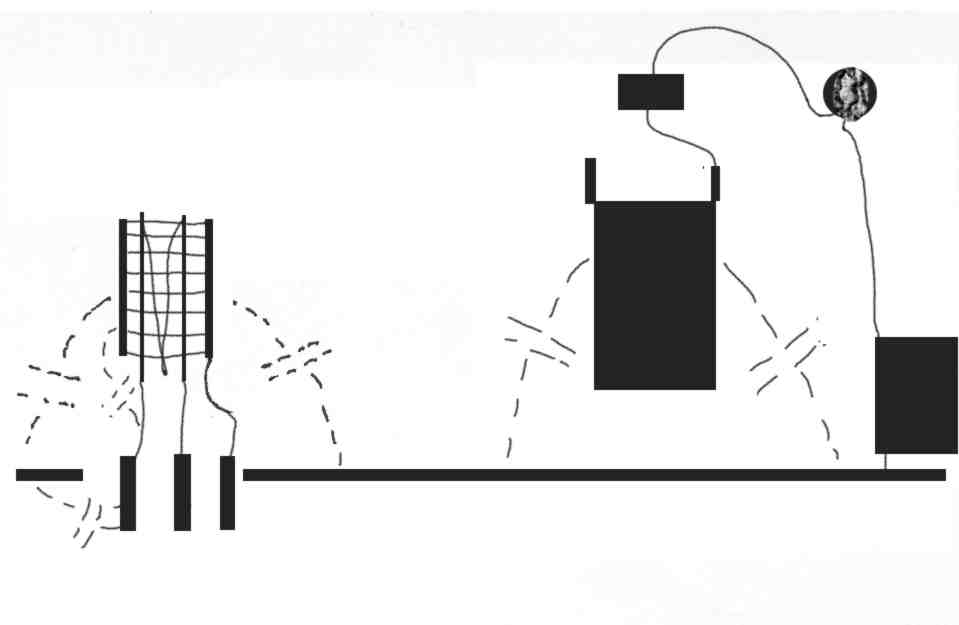I have a Silvertone 1431 that has a 6AU6 preamp configuration I haven't seen before.
If I'm looking at this right, it has a trimmer on the screen grid connected to B+.
Have done quite a bit of searching on the net and have not found any info on how this
works or how to adjust it.
Anyone seen this before?
If I'm looking at this right, it has a trimmer on the screen grid connected to B+.
Have done quite a bit of searching on the net and have not found any info on how this
works or how to adjust it.
Anyone seen this before?



Comment